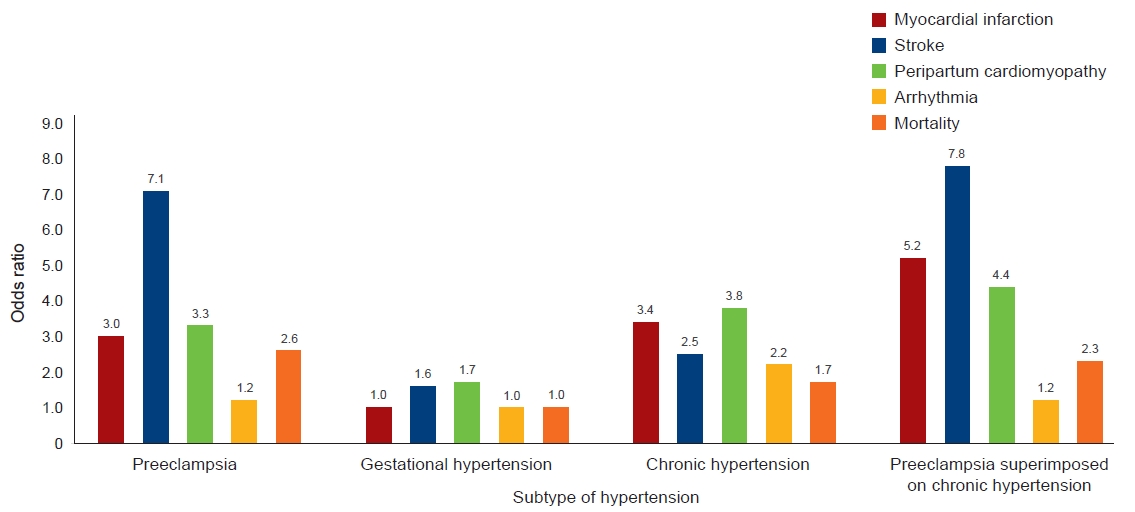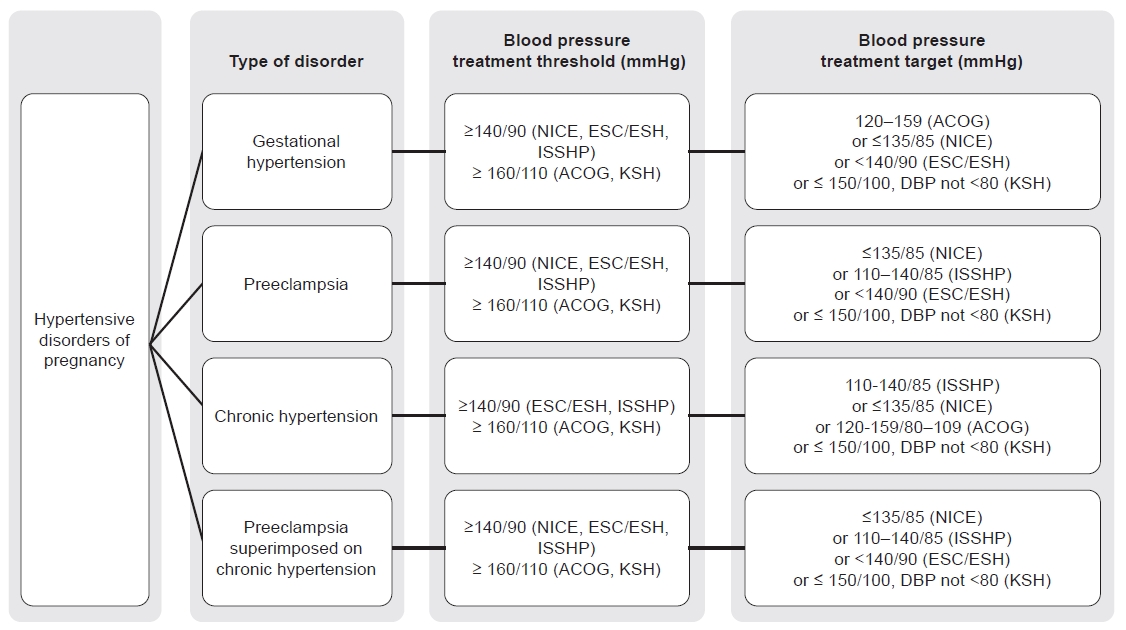 , Hae-Young Lee
, Hae-Young Lee
Department of Internal Medicine, Seoul National University College of Medicine, Seoul, Korea
Copyright © 2022 Korean Society of Cardiovascular Disease Prevention; Korean Society of Cardiovascular Pharmacotherapy.
This is an open-access article distributed under the terms of the Creative Commons Attribution Non-Commercial License (http://creativecommons.org/licenses/by-nc/4.0/) which permits unrestricted non-commercial use, distribution, and reproduction in any medium, provided the original work is properly cited.
Ethical statements
Not applicable.
Conflicts of interest
The authors have no conflicts of interest to declare.
Funding
None.
Author contributions
Conceptualization: all authors; Data curation: all authors; Investigation: HR; Methodology: HYL; Validation: HYL; Writing–original draft: all authors; Writing–review & editing: all authors.
All authors read and approved the final manuscript.


| Drug class | Drug (daily dose) | Safety and efficacy | Side effect | Study |
|---|---|---|---|---|
| First-line drugs of choice | ||||
| Central alpha-2 adrenergic agonists | Methyldopa (0.5–3 g/day in 2 divided doses) | Fetal and neonatal safety with FDA class B, class I level B | Particular concern for hemolytic anemia and hepatic disturbance | ACOG report [12] |
| Drug choice for severe hypertension | May aggravate depressive disorder | Williams et al. [14] | ||
| Brown et al. [20] | ||||
| Easterling et al. [22] | ||||
| Beta-blockers | Labetalol (200–1,200 mg/day PO in 2–3 divided doses) | Safe and FDA class C, class I level | May be associated with fetal growth restriction | ACOG report [12] |
| Drug choice for severe hypertension | Neonatal hypoglycemia with larger doses | Williams et al. [14] | ||
| Easterling et al. [22] | ||||
| Second-line drugs of choice | ||||
| Calcium channel blockers | Nifedipine (slow-release tablet, 10–30 mg PO) | Safe and FDA class C, class I level C, avoid sublingual capsule use (risk of fetal distress) | Tocolytic effect may inhibit birth delivery | Williams et al. [14] |
| Drug of choice for severe hypertension | Concern that using a short-acting agent in combination with magnesium may induce profound hypotension | Brown et al. [20] | ||
| Easterling et al. [22] | ||||
| Central alpha-2 adrenergic agonists | Clonidine (0.1–0.6 mg/day in 2 divided doses) | Limited data in pregnancy, FDA class C | Similar to methyldopa | Brown et al. [20] |
| Alternative option | ||||
| Diuretics | Hydrochlorothiazide (12.5–25 mg/day) | FDA class B, and few studies in patients with hypertension | Should not be used for preeclampsia prevention because it may aggravate volume depletion and electrolyte abnormalities | Brown et al. [20] |
| Direct vasodilators | Hydralazine (50–300 mg/day in 2–4 divided doses) | FDA class D | Drug-induced symptoms: nausea, headache, light-headedness, flushing, and palpitation | Brown et al. [20] |
| May be orally used as a third choice or used intravenously for hypertensive crisis | Drug-induced lupus, neonatal lupus, maternal polyneuropathy, tachyphylaxis, and thrombocytopenia | |||
| Alpha-1 adrenergic-blockers | Prazosin (0.5–5 mg three times a day) | No fetal adverse effects reported | Associated with palpitations and postural hypotension | Brown et al. [20] |
| Considered a second-line agent | ||||
| Proscribed or not recommended | ||||
| Renin-angiotensin system inhibitors | Angiotensin 2 converting enzyme inhibitors | FDA class C in first trimester | Associated with adverse fetal effects | Williams et al. [14] |
| FDA class D second and third semester | Brown et al. [20] | |||
| Teratogenic effect on fetus, class III level C | ||||
| Angiotensin 2 receptor antagonists | Teratogenic effect on fetus, class III level C | Williams et al. [14] | ||
| Bortolotto et al. [21] | ||||
| Aldosterone receptor antagonists | Spironolactone | Not recommended in pregnancy due to antiandrogenic effects | Feminization of male infants | Brown et al. [20] |
| Bortolotto et al. [21] |
